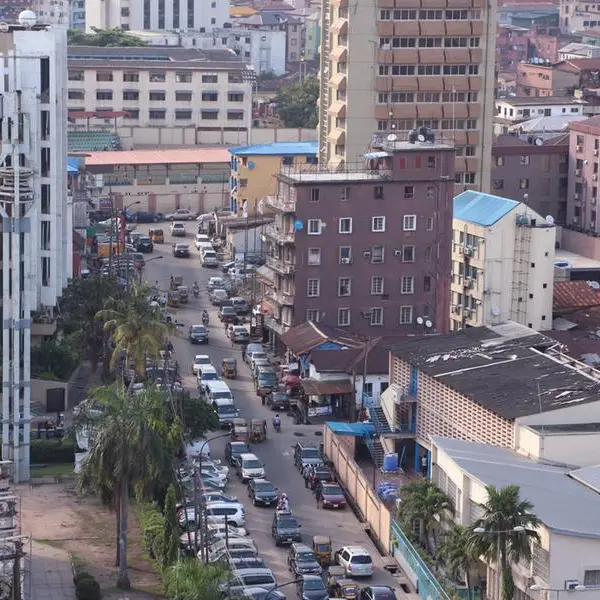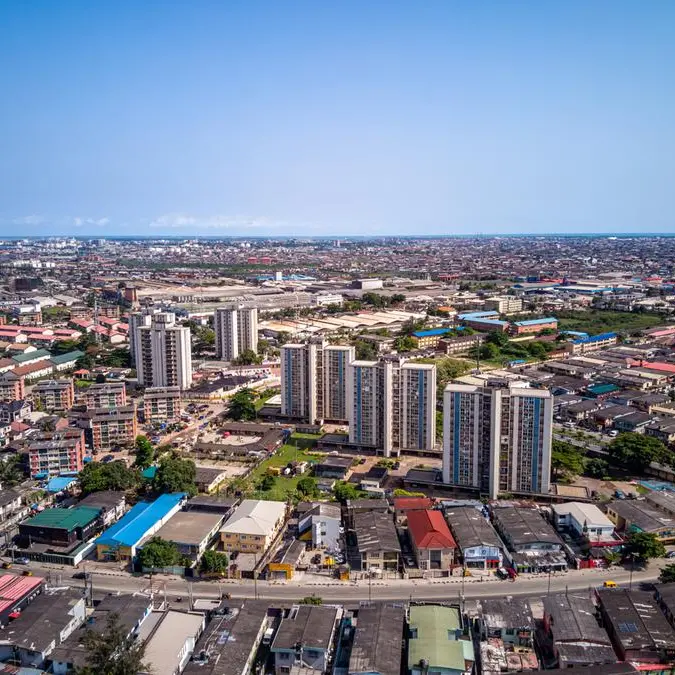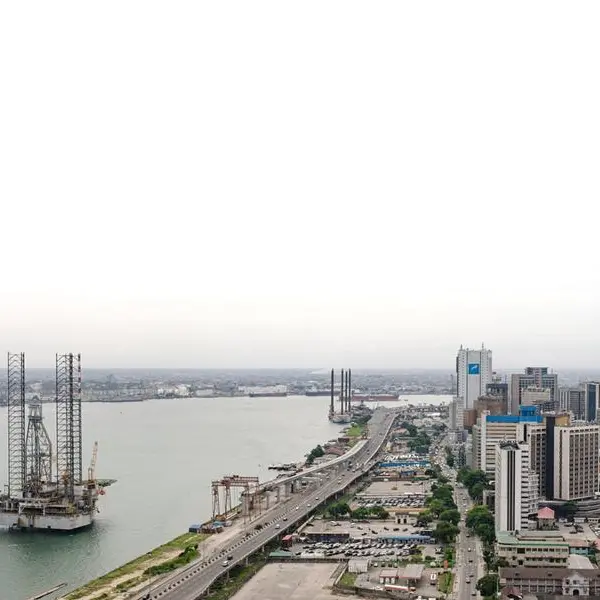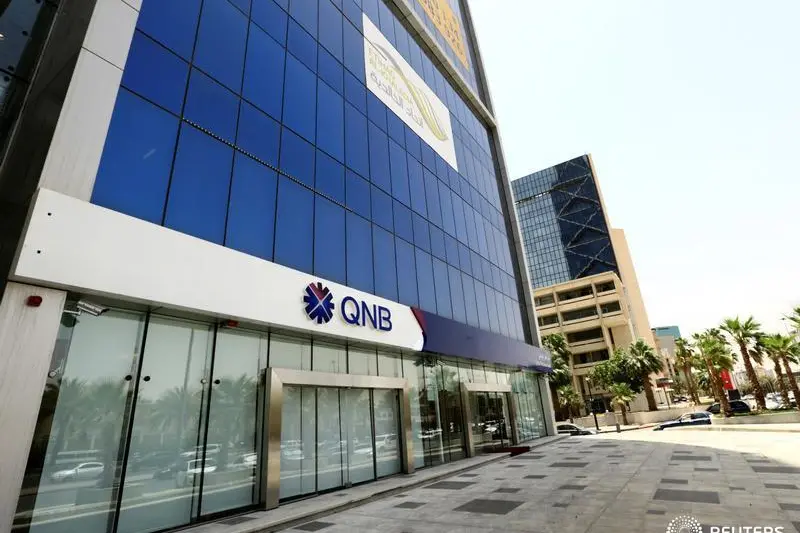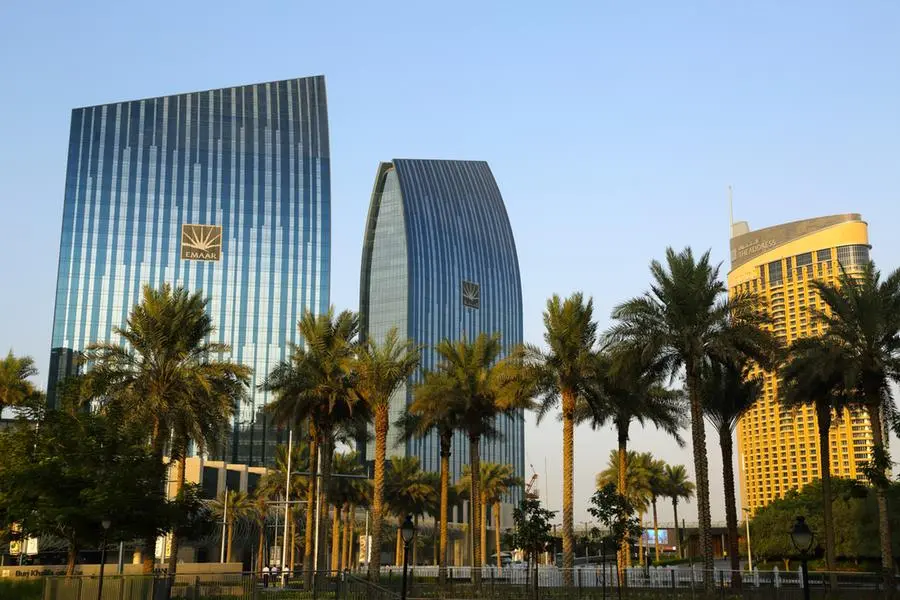PHOTO
Concept of Inflation. Getty Images Image used for illustrative purpose.
East African countries are staring at a fresh rise in food and fuel prices due to the escalating conflict in the Middle East, which continues to disrupt the flow of goods through the Red Sea.
The on-going war between Israel and the Hamas-led Palestinian militant groups in Gaza have intensified insecurity in the Red sea, a seawater inlet of the Indian Ocean lying between Africa and Asia.
This is forcing ships to seek alternative but longer and expensive routes away from the Suez Canal, a 193.30-kilometre water canal in Egypt that connects the Mediterranean to the Red Sea.
Last year, the Suez Canal Authority announced that it would raise the transit fees for ships passing the canal by five percent to 15 percent from January 15, 2024.
Read: Importers face delays, higher costs on Red Sea woesAccording to the regional business lobby East African Business Council (EABC), the economic impact of the Middle East conflict to the region is going to be “substantial.”“We depend on Suez Canal as our viable and shorter route. It means the transport and logistics cost will be high and will also fuel the cost of imported food and energy prices which are even now extremely high,” John Bosco Kalisa, EABC chief executive told The EastAfrican.“Policy makers need to come up with alternative transport routes to cushion businesses from the likely effect.”Estimates by the International Grains Council (IGC) show that re-routing from the European Union (EU) and the Black Sea countries via the Cape of Good Hope in the southern part of Africa adds around 10 to 15 days to the travel time and around $6 to $8 per tonne to freight costs.“We expect the disruption in the Red Sea to continue for the foreseeable future. Companies should equip themselves for the coming wave of disputes with robust intelligence and strategies,” says the latest report by the global risk and strategic consulting firm Control Risks.“In the short period since the start of the disruption, insurance premiums have risen significantly and are expected to rise further.”It is estimated that 12 percent of global trade, including 30 percent of global container volume, passes through the Red Sea.
While the waterway is still open for business, many major shipping companies – including Maersk and several large Japanese players – have announced that they are suspending transit through the route and diverting around the Cape of Good Hope.
Read: Yemen rebel group attacks' affect EA shippersThis diversion is expected to add over 6,000km to the journey to be covered.
According to the World Trade Organisation’s Wheat Dashboard, an increasing number of shipping vessels were rerouted in January to avoid the Suez Canal, amid heightened security risks, causing a nearly 40 percent year-on-year drop in shipments of wheat through the Canal, to around 500,000 metric tonnes.
It is estimated that around 76 million metric tonnes of grains, oilseeds and oilseed products are shipped annually from the European Union (EU), Russia and Ukraine to Asia and Eastern Africa, representing 17 percent of global trade in those commodities.
In December 2023, around eight percent of wheat shipments from the EU, Russia and Ukraine to selected Asian countries and Eastern Africa were delivered via routes other than the Suez Canal, compared with an average of three percent before December. During the first half of January 2024, the share of shipments using alternative routes is estimated to have surged to 42 percent.
Wheat shipments from the EU via routes other than the Suez Canal totalled 330,000 metric tonnes from the start of December to mid-January, compared with 50,000 metric tonnes in the same period in 2023.
Around 190,000 metric tonnes of wheat have been diverted via alternative routes from Russia over the same period, compared with zero one year ago.
The Yemen-based Houthi rebels have been launching attacks on commercial ships in the Red Sea since November 2023 as a demonstration of its allegiance with the Hamas in the ongoing Israel-Gaza conflict.
Initially, the attacks primarily focused on Israeli-linked vessels, but the pattern of targets has grown more unpredictable.
Wheat consumption represents 67 percent and 38 percent of total cereal consumption in Djibouti and Sudan, respectively, while in Ethiopia, Kenya, and Somalia, wheat consumption accounts for less than 24 percent of total cereal consumption, according to World Food Programme.
Read: US pushes Kenya to back Houthi warDjibouti and Somalia rely exclusively on imports to meet their domestic wheat demand, while a sizeable portion of wheat demand in Kenya (86 percent) and Sudan (77 percent) is met by imports. Ethiopia is the only exception, as domestic production in 2022 accounted for 82 percent of total wheat consumption needs.
Ukraine and Russia produce almost one-third of the world’s wheat and barley, and half of the world’s sunflower oil.
In addition, Russia is among the top global exporters of fertilisers and raw materials required for production.
According to the WTO, there has been a drop in grain and oilseed volumes transiting via the Suez Canal, with companies increasingly re-routing cargo via southern Africa or other routes.
Total grains and oilseeds shipments via the Suez Canal declined from 7.2 million tonnes in November 2023 to 5.9 million tonnes in December.
A sharper drop in transits via the Suez Canal was noted in the first half of January, with the total of around 900,000 tonnes down threefold year-on-year and 63 percent below the three-year average for that period.
African countries are staring at a fresh rise in food and fuel prices due to the escalating conflict in the Middle East, which continues to disrupt the flow of goods through the Red Sea.
The on-going war between Israel and the Hamas-led Palestinian militant groups in Gaza have intensified insecurity in the Red sea, a seawater inlet of the Indian Ocean lying between Africa and Asia.
This is forcing ships to seek alternative but longer and expensive routes away from the Suez Canal, a 193.30-kilometre water canal in Egypt that connects the Mediterranean to the Red Sea.
Read: Igad issues alert over ageing tanker abandoned in the Red SeaLast year, the Suez Canal Authority (SCA) also announced that it would raise the transit fees for ships passing the canal by five percent to 15 percent effective January 15, 2024.
According to the regional business lobby East Africa Business Council (EABC), the economic impact of the Middle East conflict to the region is going to be “substantial”.“We depend on Suez Canal as our viable and shorter route. It means the transport and logistics cost will be high and will also fuel the cost of imported food and energy prices which are even now extremely high,” John Bosco Kalisa, EABC’s chief executive told The EastAfrican.“Policy makers need to come up with alternative transport routes in order to cushion businesses from the likely effect.”Estimates by the International Grains Council (IGC) show that re-routing from the European Union (EU) and the Black Sea countries via the Cape of Good Hope in the southern part of Africa adds around 10 to 15 days to the travel time and around $6 to $8 per tonne to freight costs.“We expect the disruption in the Red Sea to continue for the foreseeable future. Companies should equip themselves for the coming wave of disputes with robust intelligence and strategies,” says the latest report by the global risk and strategic consulting firm Control Risks.“In the short period since the start of the disruption, insurance premiums have risen significantly and are expected to rise further.”It is estimated that 12 percent of global trade, including 30 percent of global container volume, passes through the Red Sea.
While the waterway is still open for business, many major shipping companies – including Maersk and several large Japanese players – have announced that they are suspending transit through the route and diverting around the Cape of Good Hope.
This diversion is expected to add over 6,000km.
Read: Saudi Arabia woos the Horn to protect Red Sea, Gulf of AdenAccording to the World Trade Organisation’s Wheat Dash Board, an increasing number of shipping vessels were rerouted in January to avoid the Suez Canal, amid heightened security risks, causing a nearly 40 percent year-on-year drop in shipments of wheat through the Canal, to around 500,000 metric tonnes.
It is estimated that around 76 million metric tonnes of grains, oilseeds and oilseed products are shipped annually from the European Union (EU), Russia and Ukraine to Asia and Eastern Africa, representing 17 percent of global trade in those commodities.
In December 2023, around eight percent of wheat shipments from the EU, Russia and Ukraine to selected Asian countries and Eastern Africa were delivered via routes other than the Suez Canal, compared with an average of three percent before December.
During the first half of January 2024, the share of shipments using alternative routes is estimated to have surged to 42 percent. © Copyright 2022 Nation Media Group. All Rights Reserved. Provided by SyndiGate Media Inc. (Syndigate.info).

